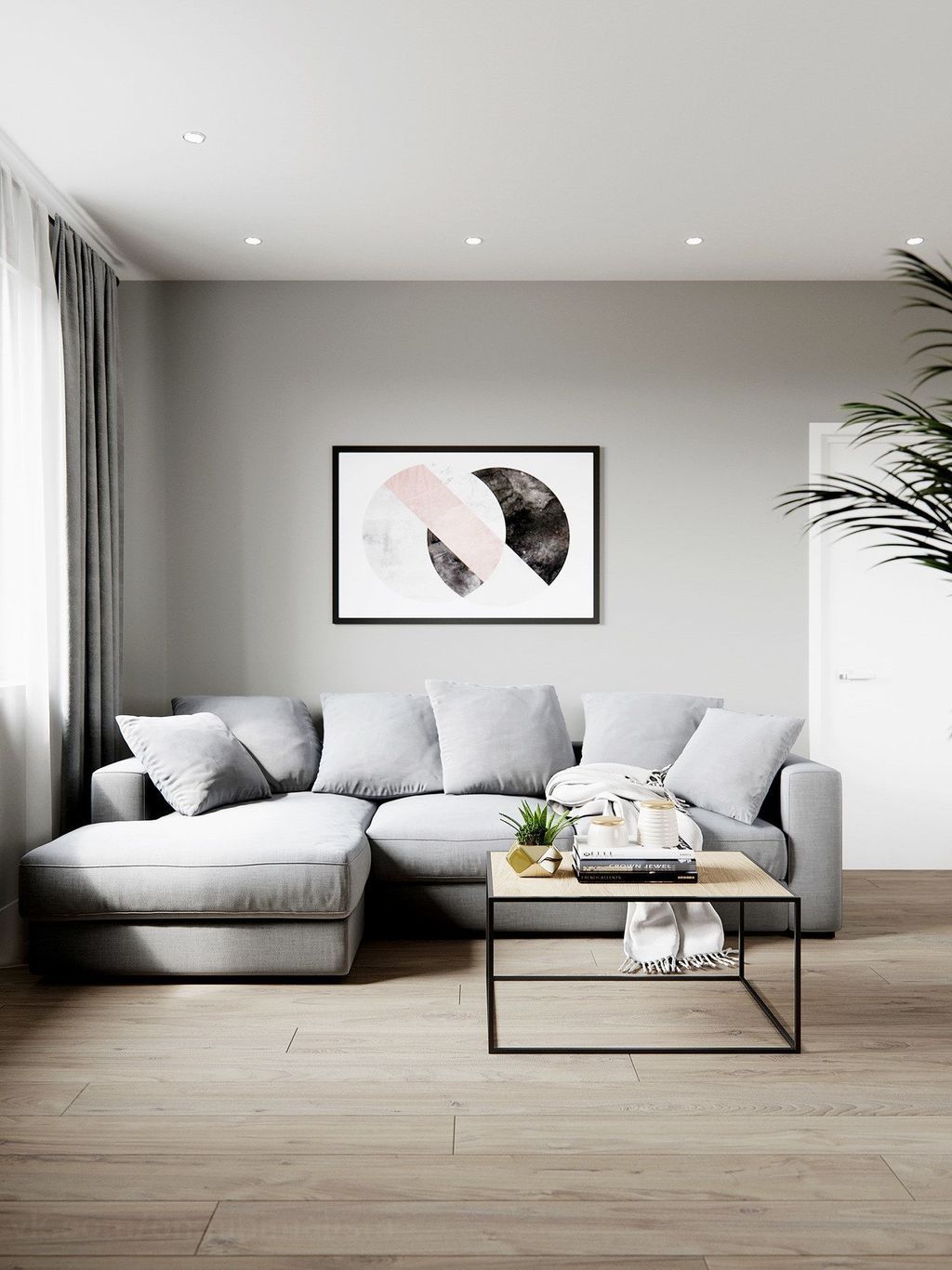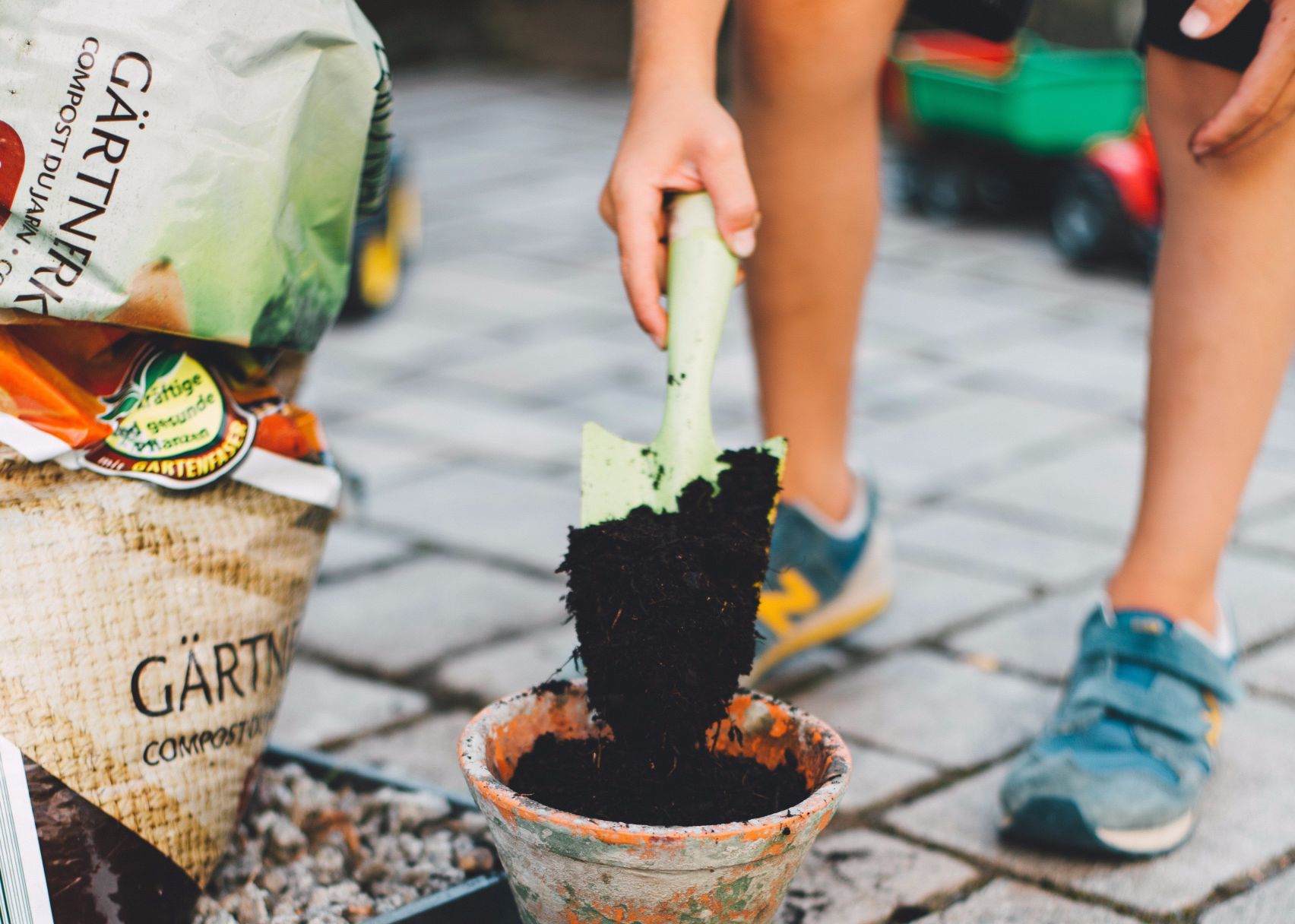
When a minimalistic style is talked of, terms like simplicity, monochromatic synchronization, and decluttered spaces are bound to jump in. “Less is more” is the philosophy followed by minimalists, which have proved quite appealing in terms of décor.
There’s something so aesthetically pleasing about the form, structure, and functionality of a minimal setting that more interior designers are inching towards it. The sheer symmetry is more than enough to create a classic appeal.
With more people interested in it, interior designers have come up with a plethora of deconstructed, geometric yet simplistic décor ideas and items. Explore the best of these pieces in the following section.

Create a Monochromatic Color Scheme
The first things you gawk at when you enter any room are the colors gliding on the walls and the hues of the furniture as well as its covers.
So, simplifying the color scheme of the structures around you becomes an integral part of the interior of any home.
If you choose your wall paint as subtle grey, then make sure your furniture is coated with a platinum shade of grey, and items like the cushion covers can be silver for a pop of color. Eliminate any extra colors in your room to bring the focal point to the symmetry of tints.
Invest in Scandinavian Storage Items
Minimalists believe in functionality over everything, so this is the idyllic décor addition for them.
Opt for storage items, like small laundry baskets with intricate detailing, to organize your laundry in. Moreover, antique corners can be installed on the walls or on the ground to place your collectibles on.
Moreover, you can invest in shoe racks and bookshelves of sorts, which can hide all the clutter inside it, while giving your room a stylish tone.
Storage pieces like these keep all the clutter locked up in closed spaces to give a clean and crisp outlook to the room.
Use Light as Décor
While you install huge glass windows to let in the natural light to play on your aesthetic setting, don’t forget about artificial light.
Sleek and long lamps can give your room undue character without much clutter while introducing a playful element.
Since everything should have a purpose for a minimalist, ditch the old-school tube lights and bulbs for your dining room and look up light fixtures.
Go for polished light fixtures that hang down from the ceiling that will throw light where it’s needed and accentuate the architecture of your dining table.
Hang Up Art Installations
Nothing gives a room some depth like a piece of modern art hanging on the wall. Install a super-sized art piece that covers a whole wall that will also do away with any need to further clutter the wall by decorating it too much.
Choose a masterpiece with eye-popping and contrasting colors if the color scheme of your room is that of warm muted tones.
This will give your minimalistic room an element of surprise and make it a fun wall.
Get Some Solid Window Treatments
Pair sophisticated curtains with neutral tints with your larger-than-life windows. Make sure the curtains are dramatically long, as it’ll create an illusion of a larger room.
Invest in semi-sheer curtains to let natural light play with the reflective surfaces in the room. This will bounce-back light onto the architectural wonders in the room as well as keep it cozy.
Multifarious Textiles and Fabrics

Other than going for trending textiles that’ll fade out soon enough, go for the classics. Get concrete tiles installed in the bathroom, which will give it both simplicity as well as texture.
Similarly, use classic wood to construct closets and kitchen cabinets so that nothing goes out of style and blends well.
For accessories, your rooms, use natural fabrics and textiles that are both minimalistic and attention-grabbing. Opt for jute cushion covers for your sofa or couch as well as plant glass vases in the corner of the room.
The Bottom Line
Minimalism is all about functionality and design intersectin,g while maintaining a decluttered living space. Toy around with elements of natural or artificial light, forms of furniture and the materials as well as fabrics being induced in the room.
Concentrate on quality instead of quantity when introducing design elements, and make sure to create more empty spaces to emphasize the architectural prowess of the structures.
















